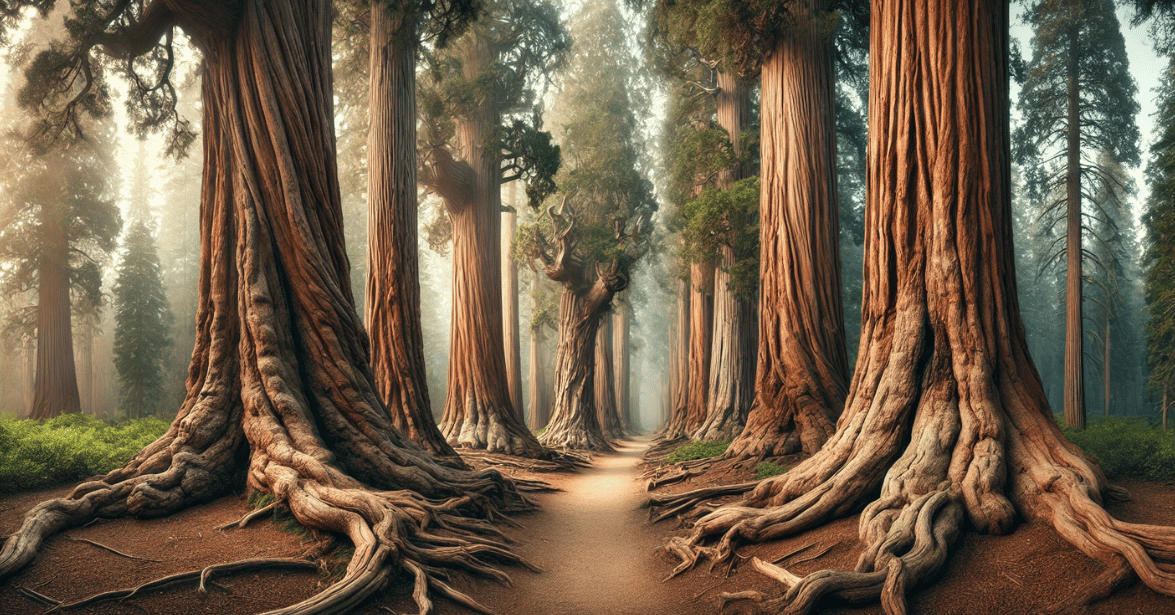When it comes to tree maintenance and care, pruning plays a vital role in promoting healthy growth, improving aesthetics, and ensuring safety. One question that often arises is whether trees can be pruned during summer. Traditionally, tree pruning is often associated with winter or early spring. Still, the truth is that summer pruning can also be beneficial in certain situations. In this article, we will explore the topic of summer tree pruning, considering its advantages, disadvantages, and the best practices to follow. So, let's dive in!
Understanding Summer Pruning
Summer pruning refers to trimming or cutting back trees during the warmer months. While it may seem counterintuitive to prune trees when they are in full leaf and actively growing, there are situations where it can be advantageous. The primary goal of summer pruning is to shape and control the tree's growth, promoting better structure and reducing potential risks.
Advantages of Summer Pruning
- Increased Vigor: Pruning during summer stimulates new growth in the tree. By selectively removing certain branches or shoots, the tree directs its energy toward developing stronger and healthier limbs. This increased vigor can be particularly useful for young or weak trees.
- Correcting Structural Issues: Summer pruning allows for addressing structural problems in a tree. Removing branches growing crowded or crossed can improve the overall structure and balance, reducing the risk of branch failure or damage during storms.
- Controlling Size: Some tree species overgrow during the summer months. By pruning during this time, you can manage the size of the tree, preventing it from becoming too large or encroaching on nearby structures.
- Disease Prevention: Pruning in summer can also help control the spread of certain diseases. Removing infected or dead branches can minimize the chances of pathogens spreading to other parts of the tree or neighboring trees.
Disadvantages of Summer Pruning
- Stress on the Tree: Pruning during the summer months can cause temporary stress to the tree, as it is actively growing and using energy to support foliage and fruit production. Minimizing the amount of foliage removed and avoiding excessive pruning to prevent undue stress is crucial.
- Increased Insect Activity: Insects and pests are more active during summer. Pruning during this time can attract them to the fresh wounds on the tree, potentially leading to infestations or the spread of diseases. It is important to clean and treat pruning cuts to mitigate this risk promptly.
Best Practices for Summer Pruning
- Timing: Conducting major pruning tasks during the dormant season (winter or early spring) is generally recommended. However, if summer pruning is necessary, it is best to do it early, before the hottest months when the tree is actively growing. Late summer pruning should be avoided, as it can interfere with the tree's preparation for winter.
- Selective Pruning: During summer, focus on selective rather than heavy pruning. Target the removal of dead, damaged, or diseased branches and any branches causing structural issues or overcrowding.
- Proper Technique: Always use proper pruning techniques to minimize damage to the tree. Make clean cuts outside the branch collar without leaving stubs or cutting too close to the trunk. Using sharp, clean tools is essential for preventing the spread of diseases.
- Consult an Arborist: If you need clarification on the specific needs of your trees or the best approach for summer pruning, it is advisable to consult a certified arborist. They have the knowledge and experience to assess your trees and provide professional guidance tailored to their unique requirements.
Conclusion
Whether trees can be pruned in summer has a nuanced answer. While traditionally, winter and early spring are the preferred seasons for pruning, there are situations where summer pruning can be beneficial. It offers advantages such as increased vigor, correcting structural issues, controlling size, and disease prevention. However, it's important to be mindful of the potential disadvantages, such as stress on the tree and increased insect activity. To ensure the best results, follow the recommended practices of timing, selective pruning, proper technique, and seeking guidance from certified arborists when needed. If you have further questions or need professional assistance with tree pruning, don't hesitate to contact Strobert Tree Services. They have the expertise and experience to provide the care your trees deserve. Happy pruning, and may your trees thrive all year round!











